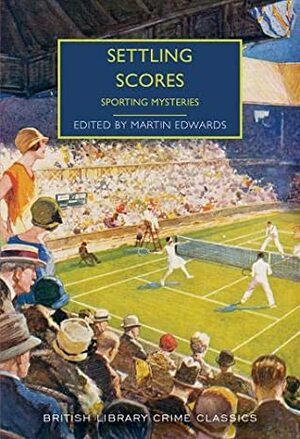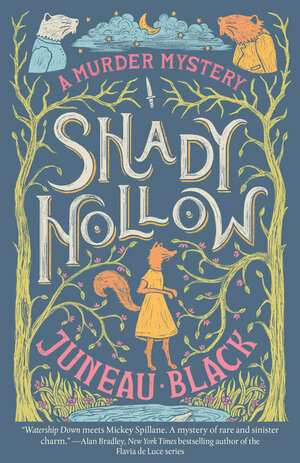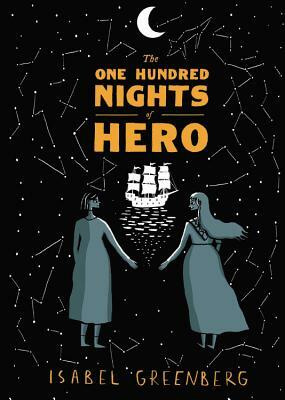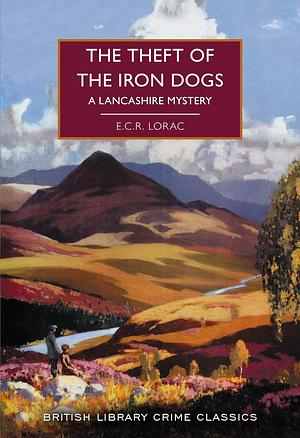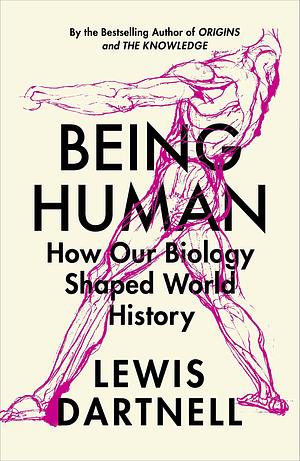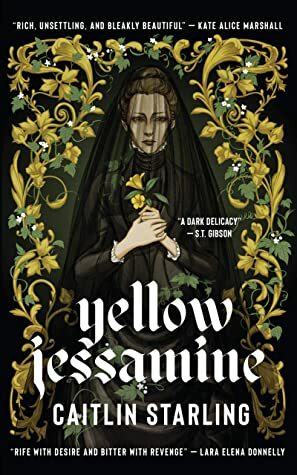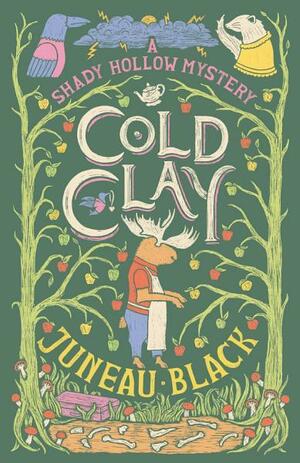
Cold Clay
by Juneau Black
Genres: Crime, Fantasy, MysteryPages: 208
Series: Shady Hollow #2
Rating:

Synopsis:It's autumn in Shady Hollow, and residents are looking forward to harvest feasts. But then a rabbit discovers a grisly crop: the bones of a moose.
Soon, the owner of Joe's Mug is dragged out of the coffeeshop and questioned by the police about the night his wife walked out of his life—and Shady Hollow—forever. It seems like an open-and-shut case, but dogged reporter Vera Vixen doesn't believe gentle Joe is a killer. She'll do anything to prove his innocence ... even if it means digging into secrets her neighbors would rather leave buried.
Juneau Black’s Cold Clay is another reasonably cosy mystery in the same vein as the first book: if you didn’t enjoy that, then you won’t find yourself charmed by this one, and if you did enjoy the first one, it’s likely your thing unless the conceit is wearing thin for you already. For me, it wasn’t: I was ready to suspend my disbelief once more, readily engage with the world in which a raven runs a bookshop and a moose a café, and get mildly outraged that the police bear would arrest a hard-working honest moose.
If that all sounds ridiculous, it may not be for you, but the book treats it as obvious (aside from a brief introductory page in which it advises not to get caught up on the how of it all), and it doesn’t get played as ridiculous. Really it’s just about people, except they happen to have some animal traits. Here and there I was annoyed that they didn’t use their animal traits a bit more (flying’s all very well, but some of you have noses, why did nobody ever hunt down a quarry by scent?), but mostly I just suspended my disbelief and settled in to enjoy.
I say it’s a “reasonably” cosy mystery because… I’m never entirely sure where the boundaries are on this one. Murder seems, by definition, pretty uncosy — but a lot of mystery fiction is really about that closure at the end, and saying “everything is going to be okay now”, which is profoundly cosy. Your mileage may vary, but I think this one qualifies.
As far as the actual plot goes, once again I was a bit ahead of the game and identified the culprit quickly, but watching Vera get there was entertaining as far as it goes. I could’ve done without the relationship drama between Orville and Vera — really, kids, just communicate! But all in all, I enjoyed myself once more, and quickly grabbed the next book in the series, the short stories, and the fourth book as well for good measure. I’m having fun.
Rating: 4/5

